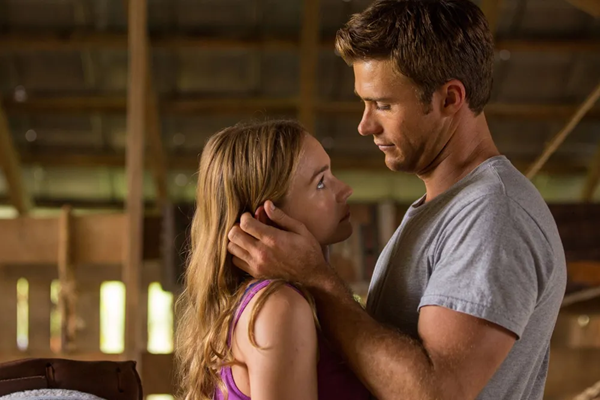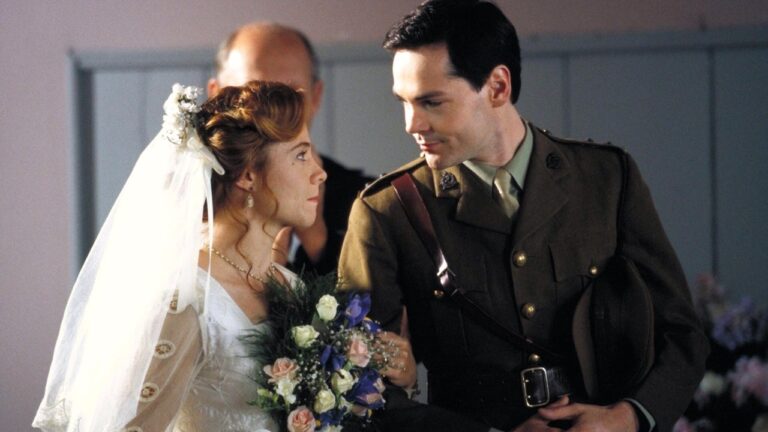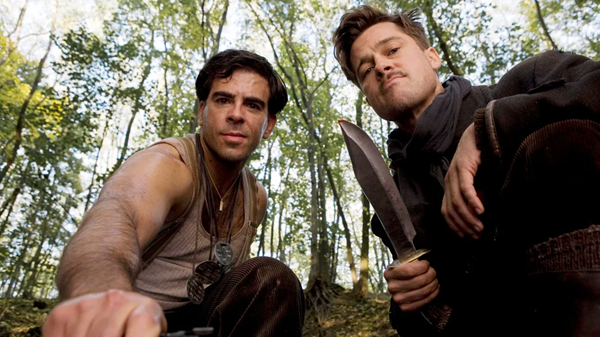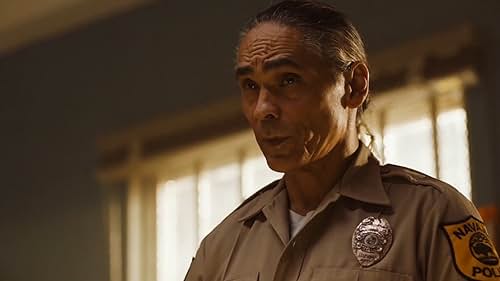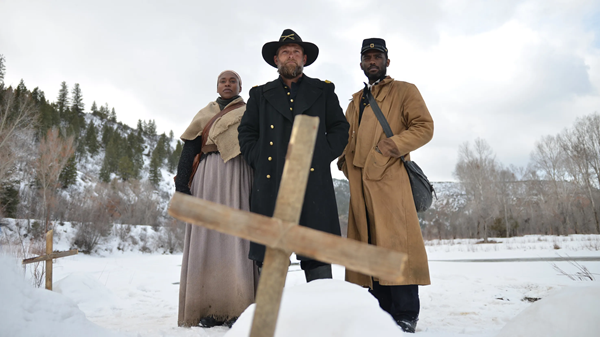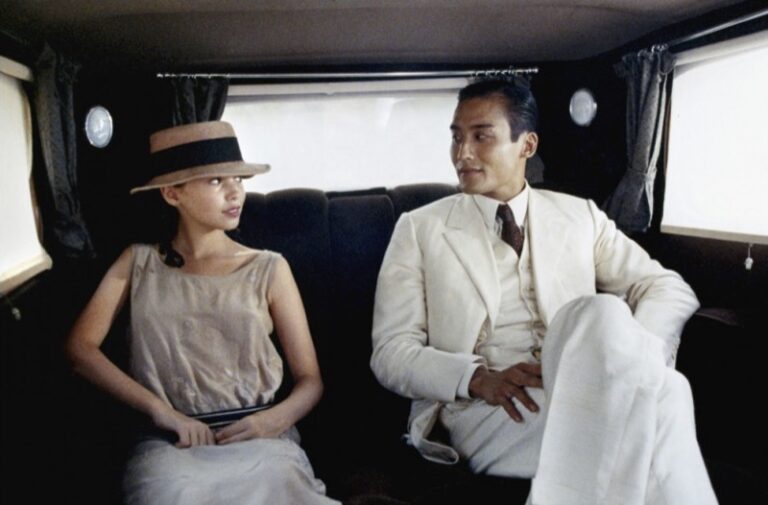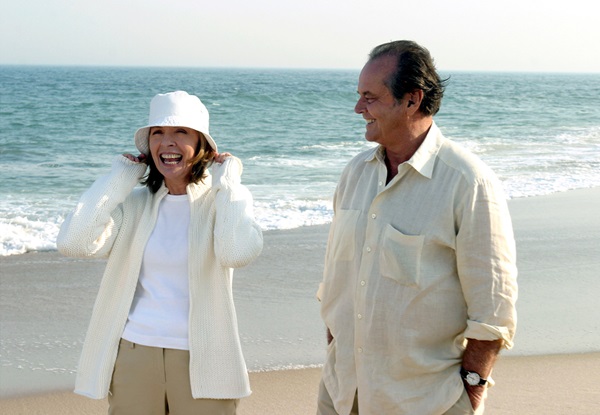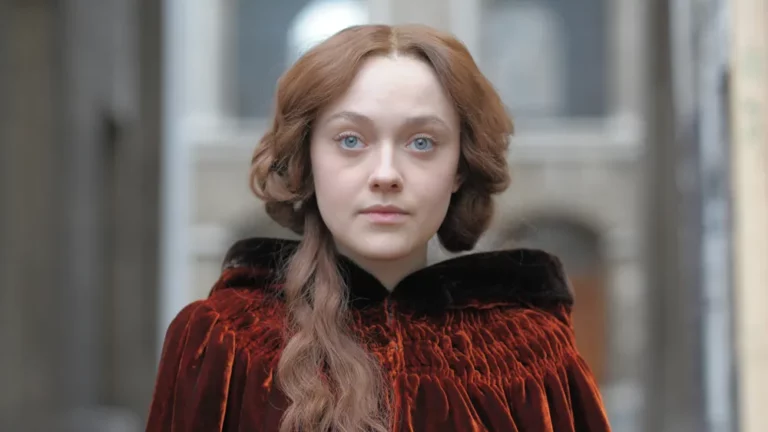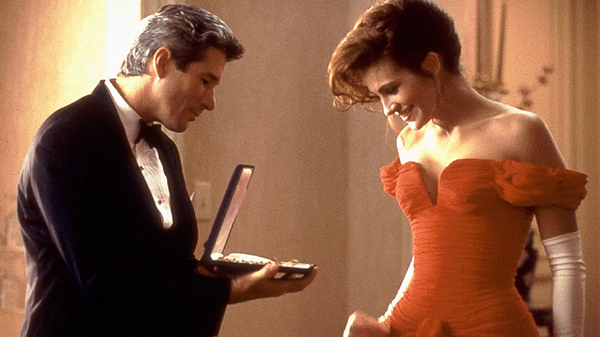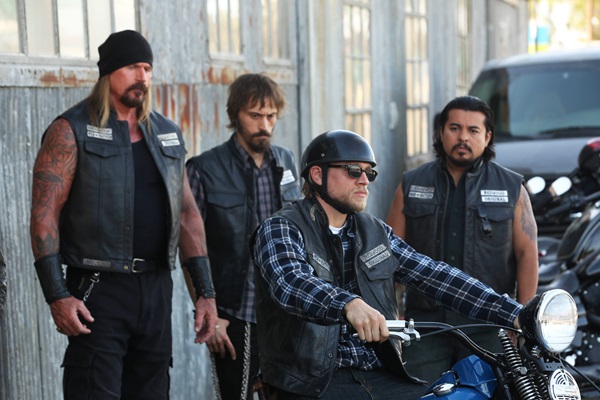The Longest Ride (2015) is a sweeping romantic drama directed by George Tillman Jr., adapted from Nicholas Sparks’ novel of the same name. The film weaves together two parallel love stories—one contemporary, one rooted in the past—exploring how the trials of love, loss, and devotion transcend generations.
At the heart of the story is the unlikely romance between Luke Collins (Scott Eastwood), a professional bull rider risking his life in the arena, and Sophia Danko (Britt Robertson), an art-loving college student with dreams of working in New York. Their passionate but complicated relationship is thrown into sharper focus when they rescue an elderly man, Ira Levinson (Alan Alda), after a car accident. Through Ira’s letters to his late wife Ruth, the film unveils a moving story of lifelong love, sacrifice, and the power of memory.
Visually stunning, the film captures the charm of rural North Carolina and the thrill of the rodeo, juxtaposed with the elegance of 20th-century romance. The dual narratives enrich one another, offering reflections on what it means to truly love and be loved. With heartfelt performances and an emotionally resonant score, The Longest Ride strikes a balance between modern-day chemistry and timeless sentiment.
True to Nicholas Sparks’ style, the film is both tender and emotionally charged, making it a memorable entry in the genre for fans of deeply felt love stories and stories about the choices that shape our lives.
